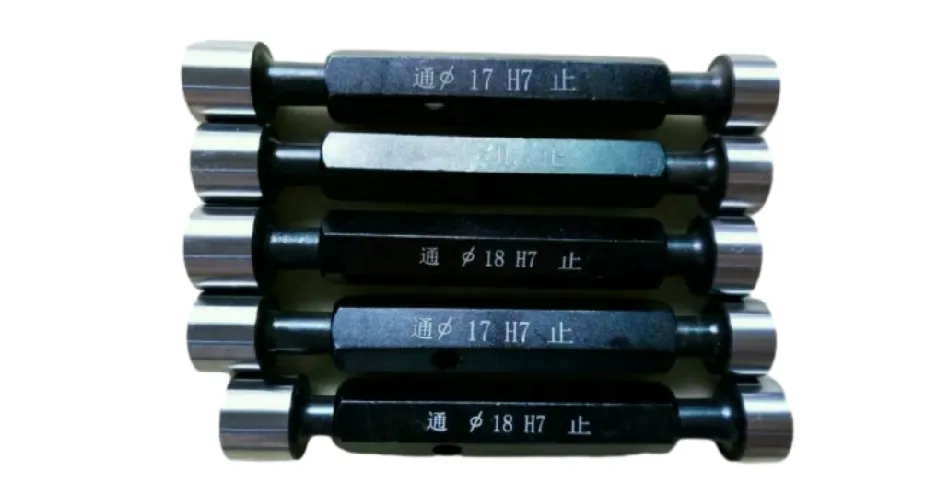dec . 21, 2024 15:54 Back to list
butterfly valve 5
Understanding Butterfly Valves A Comprehensive Overview
Butterfly valves are a type of flow control device that plays a crucial role in various industrial applications. Characterized by their simple design and efficient operation, these valves are commonly used in the regulation of fluids within pipelines. This article delves into the structure, functionality, types, advantages, and applications of butterfly valves, particularly focusing on their significance in modern engineering.
Structure and Functionality
At the heart of a butterfly valve is a rotating disc, also referred to as a butterfly, which is mounted on a shaft. This disc is positioned within the pipe’s flow path; when the valve is opened, the disc is rotated to allow fluid to flow freely. Conversely, when the valve is closed, the disc rotates to a perpendicular position, effectively obstructing the flow. The simplicity of this mechanism allows for rapid operation, making butterfly valves ideal for applications requiring swift movement between open and closed states.
The design of butterfly valves can vary, but they typically consist of the following key components the body (which houses the disc mechanism), the disc, the shaft, the actuator (manual or automated for ease of control), and sealing elements that ensure a leak-proof operation.
Types of Butterfly Valves
There are several types of butterfly valves categorized based on their construction and actuation methods
. The three main types include1. Concentric Butterfly Valves These valves have a centered disc and are commonly used in water services. They are lightweight and require minimal space, making them suitable for various applications.
2. Eccentric Butterfly Valves In these valves, the disc is offset from the center, allowing for a better sealing capability. Eccentric butterfly valves are typically used in applications involving slurries or viscous fluids where a tight seal is essential.
butterfly valve 5

3. Double Eccentric and Triple Eccentric Butterfly Valves These have additional offsets in their design, allowing for even more effective sealing and reduced wear. They are often employed in high-pressure and high-temperature environments.
Advantages of Butterfly Valves
Butterfly valves offer numerous benefits, making them a preferred choice in many industries. Some of the key advantages include
- Compact Design Their smaller size compared to other valve types (like gate or globe valves) makes them ideal for applications with limited space. - Rapid Operation They can be fully opened or closed with a quarter-turn, allowing for quick flow regulation. - Cost-Effective The manufacturing process and materials used often make butterfly valves a more economical option for large-diameter applications. - Versatile Applications They can handle various media types, including gases, liquids, and slurries, expanding their usability across industries such as water treatment, oil and gas, and chemical processing.
Applications of Butterfly Valves
Butterfly valves are ubiquitous across multiple sectors due to their efficiency and adaptability. They are extensively used in
- Water Treatment Plants For regulating the flow of water and ensuring proper treatment processes. - Oil and Gas Industry In pipelines for controlling the flow of crude oil and natural gas. - Chemical Processing For managing the flow of corrosive and non-corrosive fluids. - HVAC Systems To control air flow within heating, ventilation, and air conditioning systems.
In conclusion, butterfly valves are vital components in industrial settings, offering an efficient, reliable, and cost-effective solution for fluid control. Their simplicity, combined with their versatile applications and advantages, makes them an essential part of modern engineering and infrastructure development. Understanding their types and functionalities is crucial for anyone involved in system design and fluid management.
-
Why Metric Trapezoidal Thread is Ideal for Precision Motion ControlNewsAug.05,2025
-
The Unique Properties of a Block of Granite for Industrial UseNewsAug.05,2025
-
The Role of Flanged Y Strainers in Preventing Pipeline ClogsNewsAug.05,2025
-
The Importance of Regular Calibration for Master Ring GagesNewsAug.05,2025
-
How a Cast Iron Surface Table Enhances Accuracy in ManufacturingNewsAug.05,2025
-
Comparing Different Check Valve Types for Optimal Flow ControlNewsAug.05,2025
Related PRODUCTS









